|
Lindy Brigham - RillitoBend Neighborhood Association Please note that this is a work in progress. Information is still being collected. If you have information to share about any of these plants, suggestions for ways to improve the presentation, or additional plants that should be included, please email [email protected] Many of you are probably aware of various plants that are considered invasive. Some are an annoyance if you want to preserve a mostly Sonoran Desert flora, but some are also dangerous. The following are ones that have been identified in the neighborhood and need to be removed. Remember that they are invasive because they spread so easily. So they need to be removed once they are identified to keep them from spreading. Everyone needs to do their part! While many plants can be sprayed with herbicides, physical removal ensures that seeds will not spread. Wear gloves, bag all plants carefully and put in trash barrels. Make sure you are not spreading seeds on your clothes and shoes. The plants we are most concerned with are Stinknet, Maltese Thistle, Buffelgrass, Cheat Grass, and Red Brome. Below are ways to identify and remove safely. 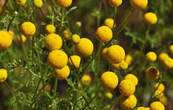 STINKNET - also called Globe Chamomille - (Oncosiphon piluliferum) Stinknet can cause respiratory or skin allergic reactions. Wear gloves, long sleeves and long pants when pulling the weeds. Here is more information on Stinknet: 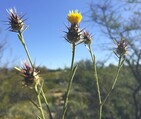 MALTESE STAR-THISTLE - (Centaurea melitensis) 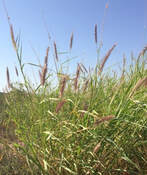 BUFFELGRASS - (Cenchrus ciliaris) More Information: 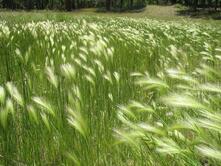 FOXTAIL - (Hordeum sp.?) Please note that we have not had a botanist identify the plants that are in the neighborhood. There are several grasses that produce seed heads that look like foxtails and they are all dangerous for pets, especially dogs. More Information: 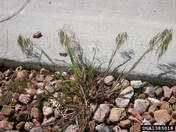 CHEATGRASS - (Bromus tectorum) also called Downy Brome More Information: 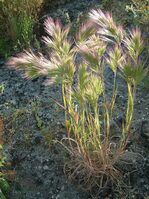 Red Brome - (Bromus madritensis ssp. rubens) also called foxtail cress More Information: Note: Images of invasive plants are from the references.
0 Comments
Lindy Brigham - Rancho Morado
Below is a group of three plants growing together that are representative of the most abundant of the current blooms.
Here are some closeups of these plants
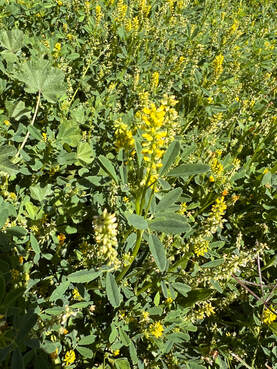 The sour clover is also abundant this year. Clovers and Alfalfas are grown as livestock feed for their nutritional value. They are legumes, plants that collaborate with bacteria in their roots to fix nitrogen. They enrich the soil so less fertilizer is necessary when growing crops. In times before modern agriculture they were used in crop 'rotations' to fertilize the soil between growing other crops. They are particularly attractive to the many bees in the area. Many plants in the desert are legumes. A related plant native to Arizona is 'soft prairie clover' (Dalea mollissima) While these plants are not native, and they tend to outcompete the native plants, they are not a serious threat and can be managed with selective weeding. There are plants that are invasive and a threat to humans and other animals and the next blog will highlight those. All photographs were taken by Lindy. All the plant references are from the Southwest Desert Flora website
|
RillitoBend Rambles shares images and stories of our neighborhood that support our core value of respect for our natural world. Participation is open to all, whether by subscribing to posts, commenting on stories, or submitting your own rambling adventure for publication.
Please sign up below to receive our postings Archives
April 2025
Categories
All
The RillitoBend Neighborhood also has a mailing list to keep people up to date on the goings on in the 'hood' Sign up Below
|

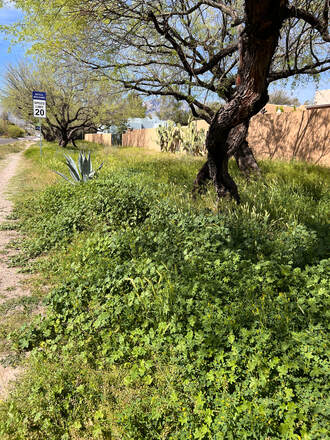
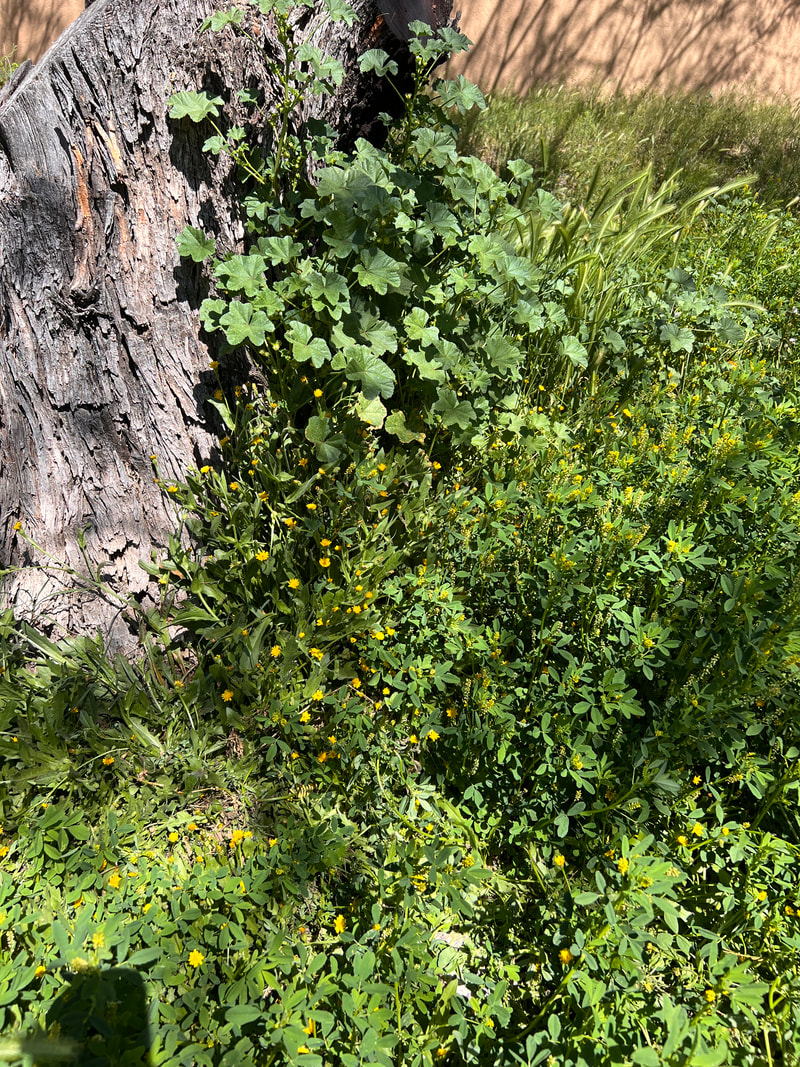
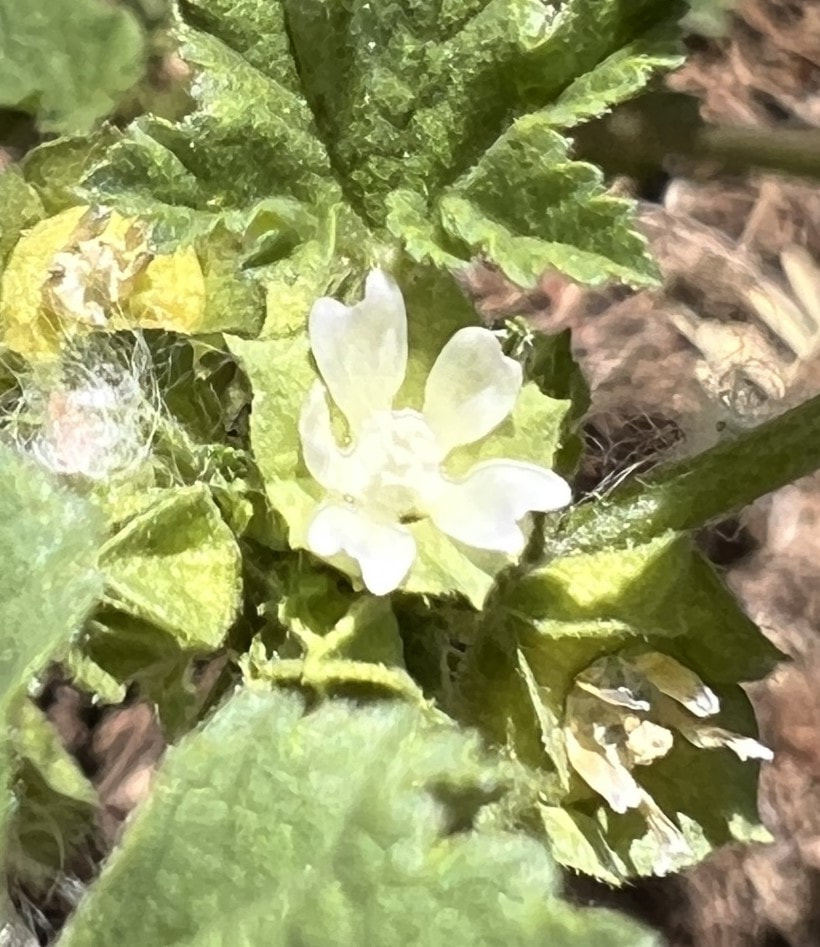
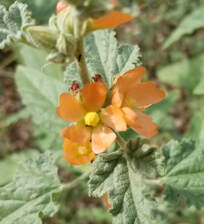
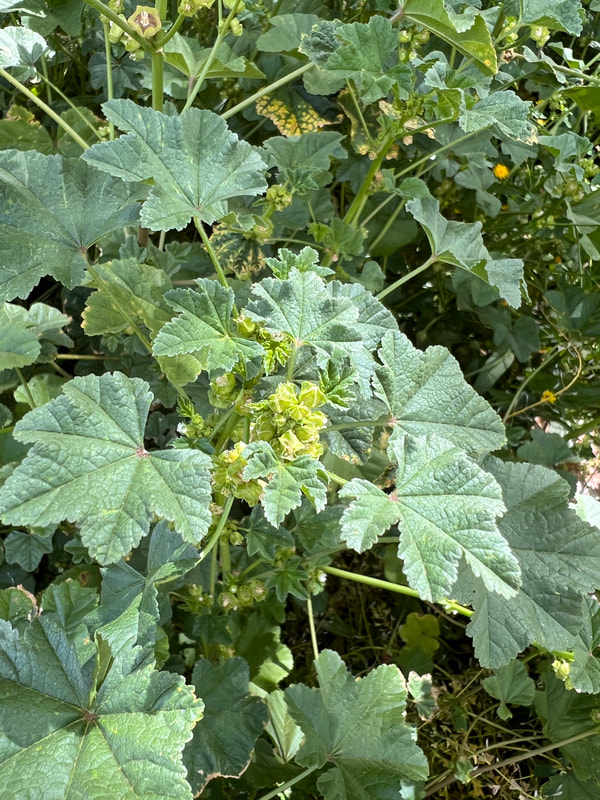
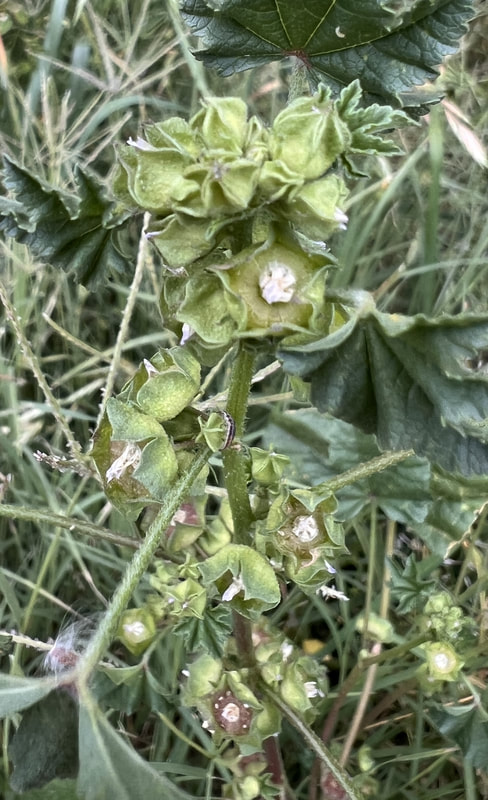
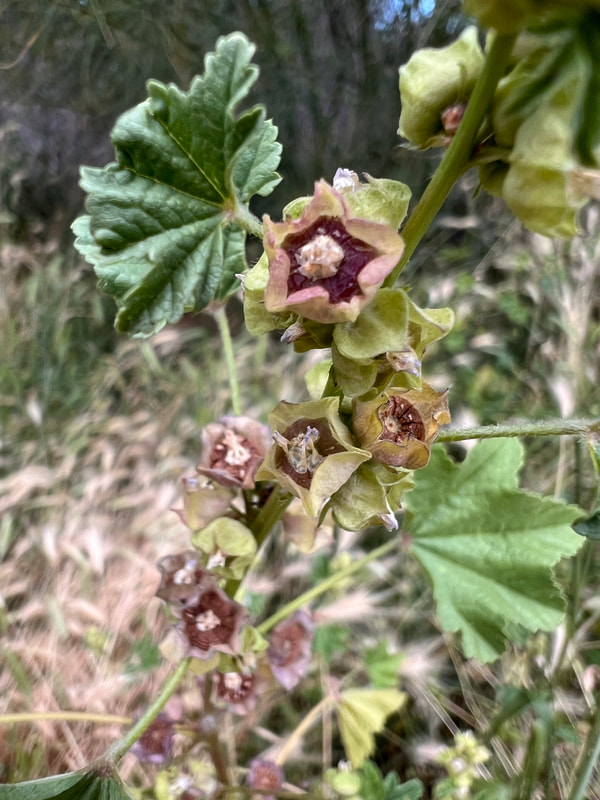
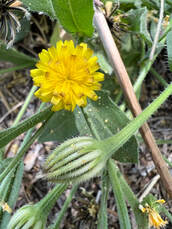
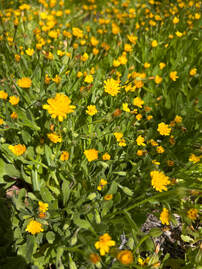
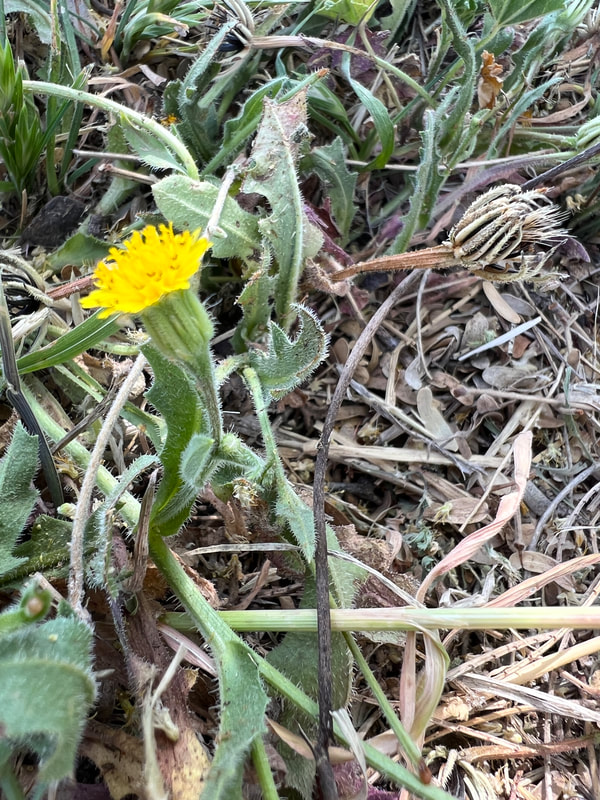
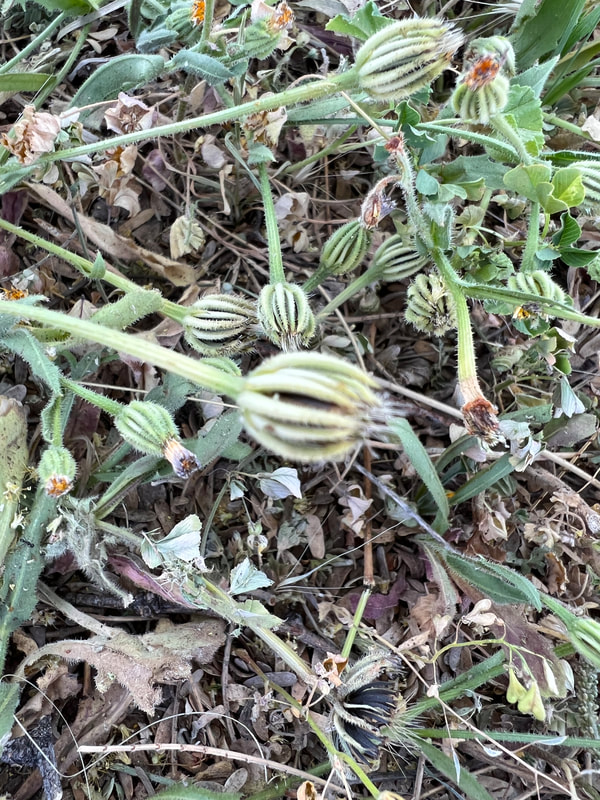
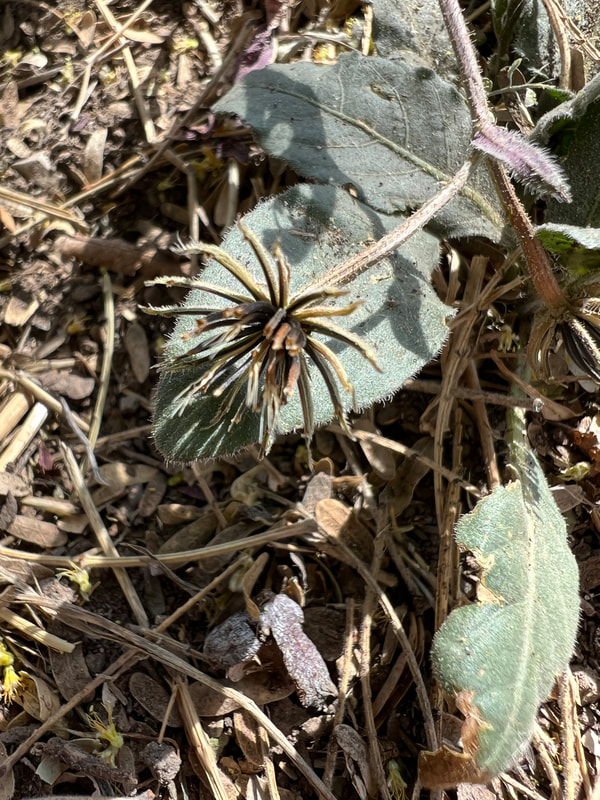
 RSS Feed
RSS Feed